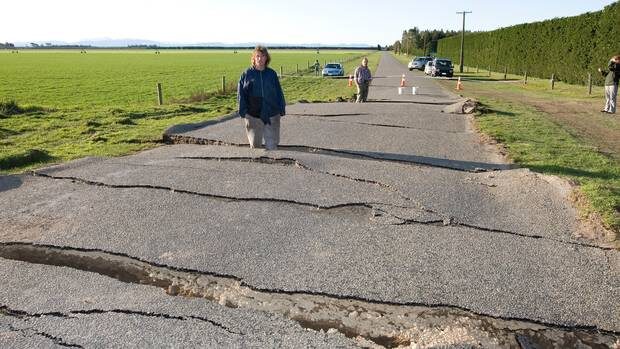
Ten years and some 15,830 aftershocks later, the magnitude 7.1 Darfield jolt is still offering new lessons to scientists about New Zealand's ever-present earthquake risk.
And they say its legacy could rumble on, pointing to one historic quake that was linked to activity more than 60 years afterward.
A decade ago today, at 4.35am on September 4, 2010, Canterbury residents were shaken awake by a violent, 40-second earthquake accompanied by the bizarre spectacle of lightning streaming not from the sky, but into it from the ground.
The ground acceleration created by the thrusting caused stress-induced electrical currents deep within the Earth's crust to rise rapidly and fire from the surface.
GNS Science seismologists were quickly able to identify its cause as strike-slip faulting, where two blocks of the crust violently tear past each other, near the eastern foothills of the Southern Alps, at the western edge of the Canterbury Plains.
They described it an "extremely rare seismic recording near a fault rupture".
People in Christchurch, 40km east, likened it to a train, a hurricane, a battle tank rolling down the street.
In those 40 seconds, billions of dollars of damage resulted as sewer lines were broken, roads opened up, chimneys collapsed and residents of low-lying communities like Bexley were introduced to the slushy nightmare of soil liquefaction.
By comparison, the level of shaking approximately coincided with the strength of a one-in-500 year quake event that our building code is now tested against, and its force released about 30 times more energy than the July 2013 Cook Strait earthquake.
It was the opening salvo of a long sequence of quakes in the region that would include, five months later, the Christchurch Earthquake that left 185 people dead, and tens of billions of dollars of added damage.
Soon after daybreak, scientists began descending on the area with specialist equipment to gather as much information as they could about the rupture to understand this rare event and its ramifications for Canterbury and the rest of the country.
"The main priorities for the scientists first on the scene were to map the fault rupture, understand its complexity, and accurately record the rich aftershock sequence," recalled Dr Kelvin Berryman, who led the science liaison with Canterbury response agencies in 2010 and 2011 and is now retired from GNS Science.
"It became evident that the Greendale Fault - as it became known - had not ruptured for at least 20,000 years.
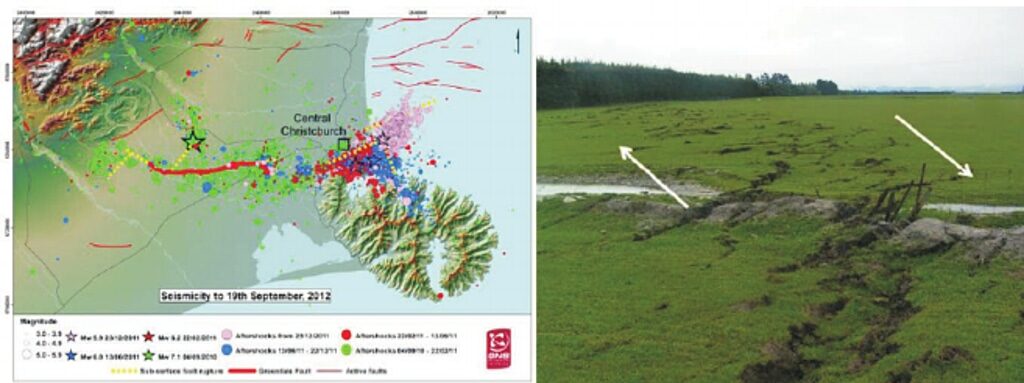
"But this wasn't immediately apparent - it only became clear after some weeks of detailed investigation."
Thanks to the national monitoring network operated by GNS Science's GeoNet project, the quake produced an unprecedented amount of high-quality data that proved invaluable to the science community in the months after the earthquake.
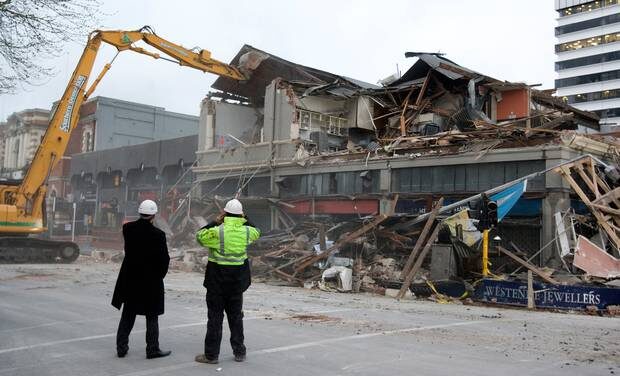
Within days of the quake, GNS Science through its GeoNet project, had deployed a dense network of seismographs in Canterbury to record aftershocks and GPS instruments to record any post-quake deformation of the Earth's crust.
Among the scientific innovations that came with the Darfield earthquake were aftershock forecasts.
GNS Science updated the forecasts daily to start with. As the aftershock sequence gradually started to lose energy, the updates became less frequent.
They are currently updated annually.
In the months after the quake, the forecasts became an integral part of the Canterbury response and the rebuilding effort. Aftershock forecasts are now a regular part of GNS Science's response after every major earthquake.
The main scientific results stemming from the Darfield quake have been an understanding of the complexity of the rupture and the extent and severity of liquefaction damage, even though it was only a forerunner to the much more severe damage from the subsequent quakes on February 22 and June 13, 2011.
"The Darfield earthquake also showed that rare events - once every 20,000 or 30,000 years - have to happen sometime. Low hazard does not mean no hazard," Berryman said.
The long series of aftershocks provided new data to help understand how quakes can cluster. It had also provided scientists with an opportunity to test various models on how quakes can trigger one another, Berryman said.
A major area of research in the wake of both the Darfield and Christchurch quakes had been on societal and business impacts.
Case studies have identified the characteristics of community and business resilience that go beyond "earthquake specific".
This understanding had applications not just in New Zealand, but also internationally.
"Another major outcome from the extended quake sequence has been the importance of a good scientific basis for managing response and recovery activities," he said.
"National conversations about earthquake-prone buildings, maintaining in-ground infrastructure, land use planning, and science communication, have all been driven from the Canterbury experience."
There has also been a huge amount learned about liquefaction and this is being incorporated into risk management around New Zealand.
"Another post-Darfield feature has been an improved joining together of science and policy in relation to natural hazard risks in New Zealand."
Earthquake activity in Canterbury remains higher in the aftershock region than it was before the Darfield event. The region was likely to continue to experience aftershocks for many years.
"Scientists draw parallels with the Buller region, which has had an elevated level of earthquake activity since the 1929 magnitude 7.8 Murchison quake," Berryman said.
"As recently as the early 1990s, several magnitude 6 quakes occurred in the lower Buller Gorge, more than 60 years after the initiating event in 1929."
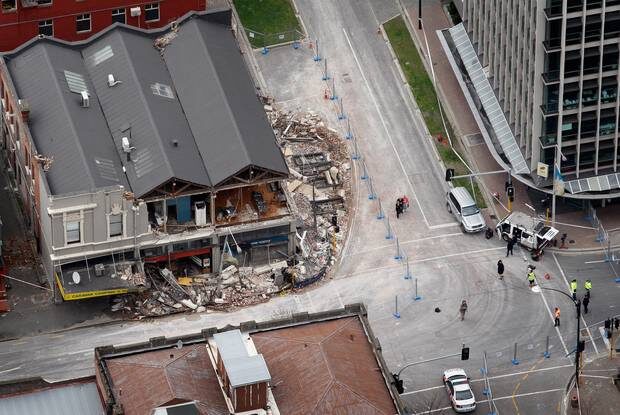
The fundamental message to Canterbury residents remained: be prepared.
"Being prepared should be a personal, family, community and business priority," Berryman said.
"Businesses that develop a good risk-management approach bounce back from adversity better and are invariably more successful in peacetime as well."
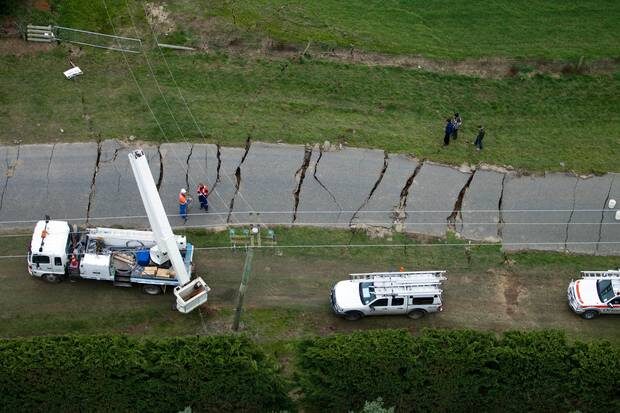



I'd guess this is the same thing.
R.C.